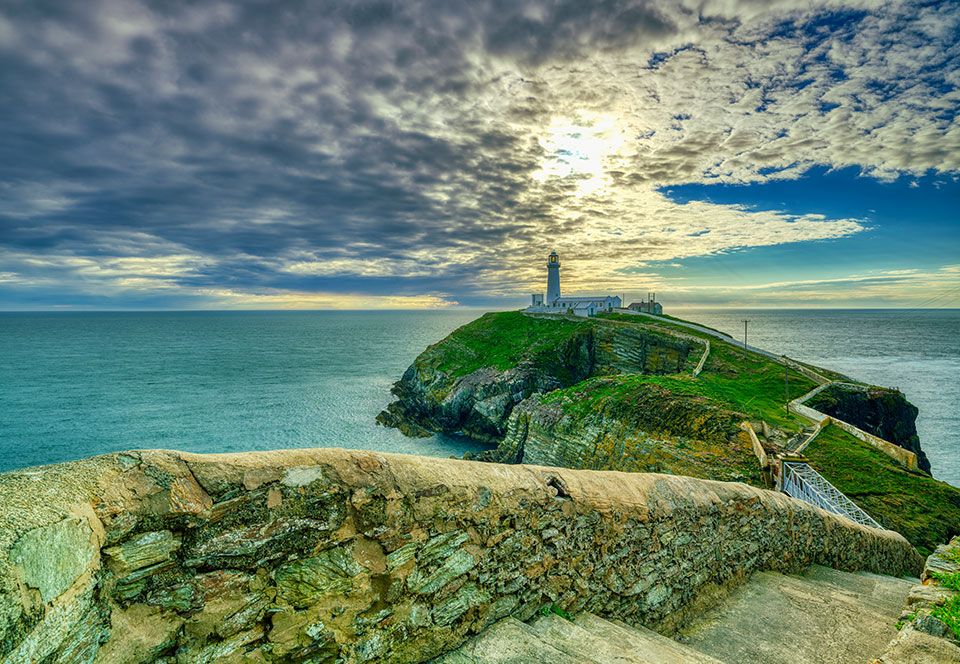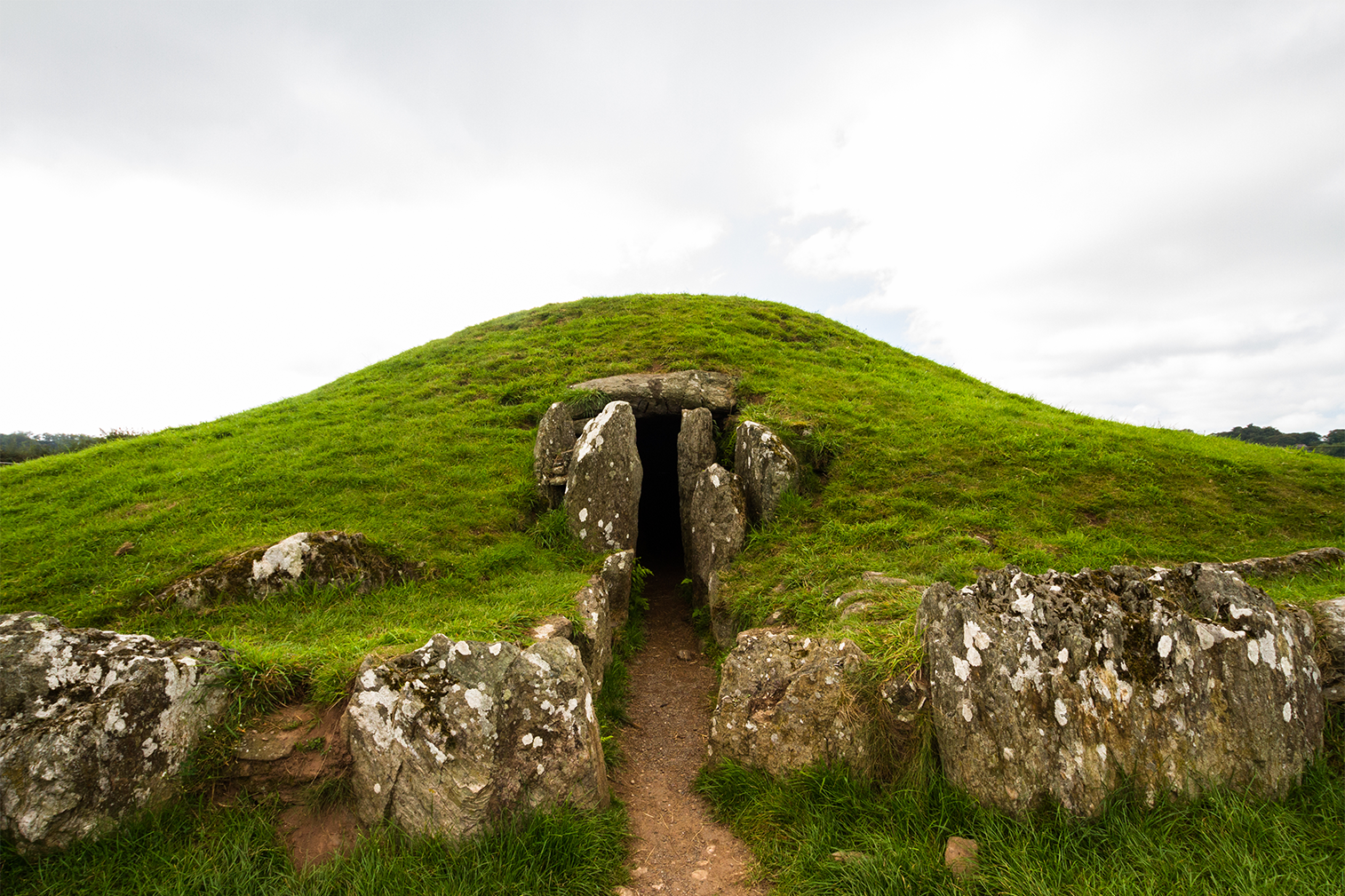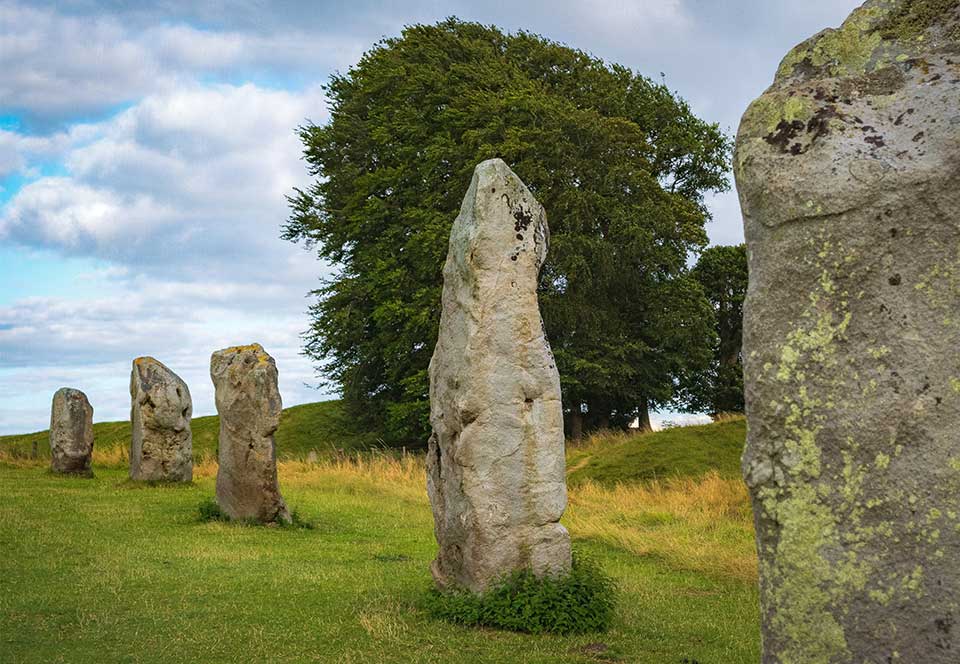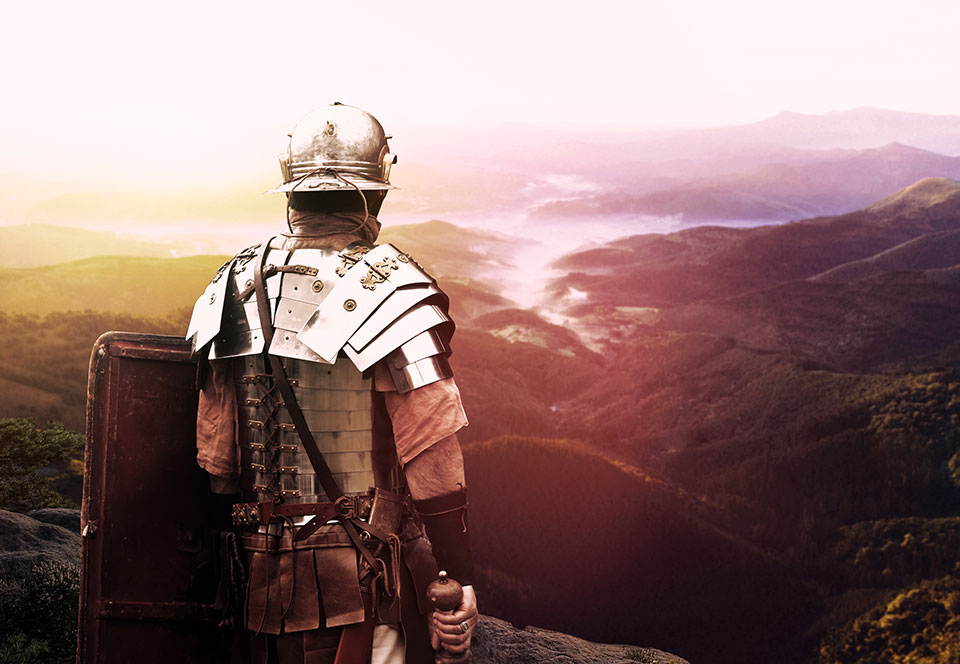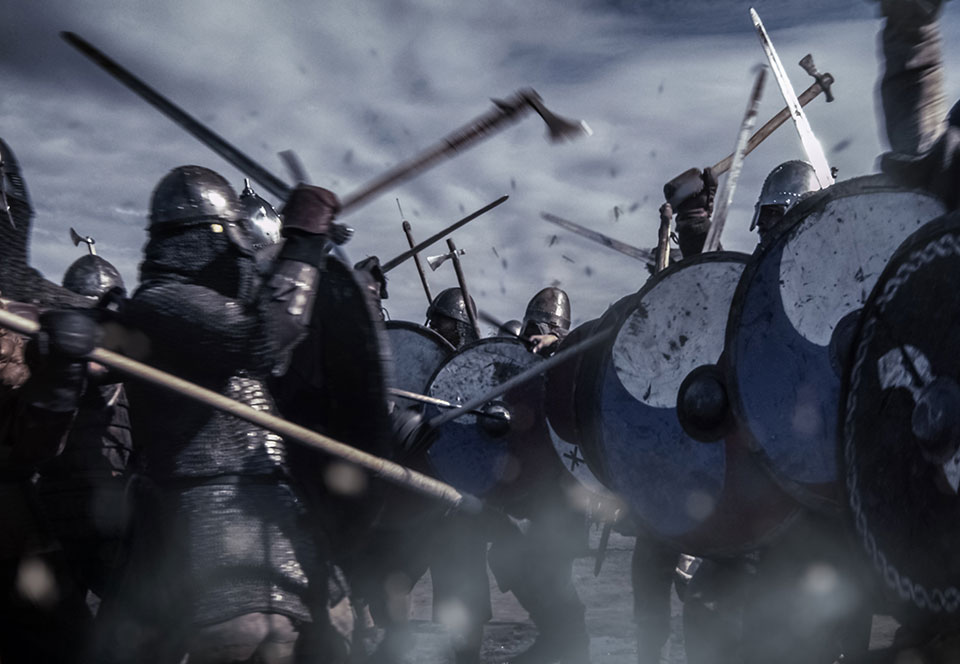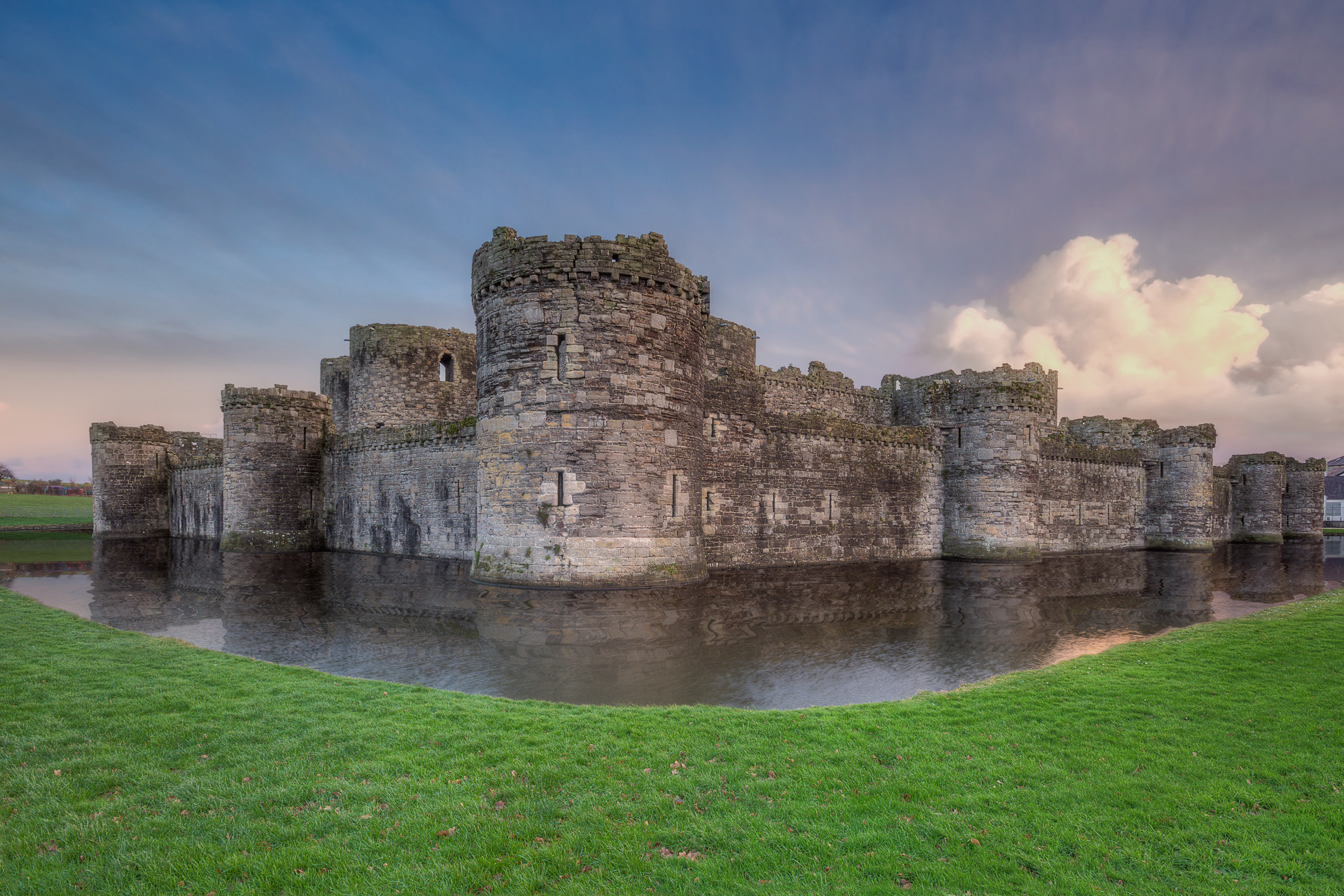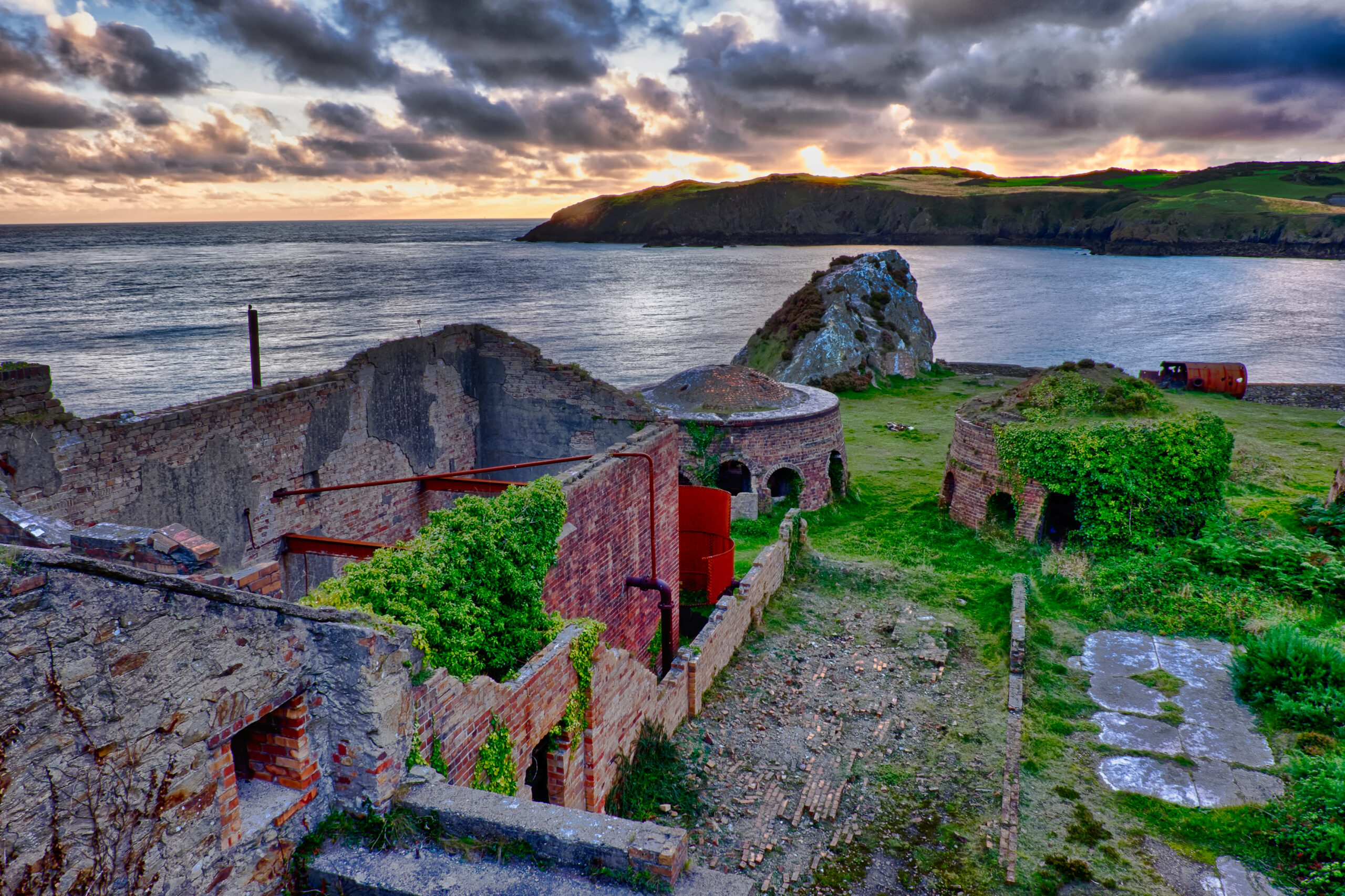Adventure is waiting on the doorstep
Experience all Anglesey has to offer from beautiful Rhosneigr
About Anglesey
Located off the north-west coast of Wales, Anglesey is the seventh largest island in Britain, though the name Anglesey is often used to refer to both the main island and Holy Island collectively. Though small in landmass, the island has an outsized role in both Welsh and British history and has been inhabited for millennia – a fact emphasised by the island’s wealth of megalithic monuments and menhirs which date back as far as the fourth millennia BCE.
Prehistoric Anglesey
Prehistoric Anglesey still permeates the landscape of the island, which is home to one of the largest concentrations of stone age and bronze age monuments in Britain. This includes such outstanding examples as Bryn Celli Ddu (the mound in the dark grove), a bronze age passage tomb; the Trefignath burial chambers, a trio of burial chambers dating back five thousand years; the ten foot high Penrhos Feilw standing stones and many, many more.
The Druids
Religious leaders, medics, politicians and more, the Druids were a class of ancient Celts who, it is believed, forswore recording knowledge in written language as part of their doctrine. This means that most of what we know about Druids comes from the contemporaneous writings of other cultures which, despite likely colouring by propaganda, consistently refer to them as learned mystics – with some going so far as describing them as sorcerers and practitioners of human sacrifice. Druidic rule of Anglesey came to an end in part due to the efforts of Roman general Gaius Suetonius Paulinus in 60CE before the island finally became part of the Roman Empire in 78CE under Gnaeus Julius Agricola.
Roman Anglesey
The Roman conquest of Anglesey began in 60CE and was largely complete – with the establishments of forts completed before Roman troops were forced to abandon the island to reinforce garrisons in southern England during the Boudican revolt. The conquest was then completed in 78CE in a campaign recorded by famed Roman historian and scholar Tacitus. This began more than three centuries of Roman rule, during which time the island was administered from Segontium (Caernarfon). However, while a possible trading post has been uncovered at Tai Cochion, and the road from Holyhead to Llanfairpwllgwyngyll was once a Roman road, there is little evidence of Roman building elsewhere on the island.
Irish Occupation
Following the Roman withdrawal, Anglesey fell under the influence of the Kings of Dublin and was occupied by Irish raiders and pirates. Throughout Anglesey can still be found roundhouse foundations traditionally referred to as Cytiau’r Gwyddelod (huts of the Irish), though there is no real evidence that they were inhabited by Irish settlers.
Anglesey remained under Irish rule for only a few decades, however, before it was taken by the patriarch of the royal dynasty of Gwynedd, Cunedda Wledig, who then established a royal court at Aberffraw. According to The Mabinogion (written in the 12th and 13th centuries), further conflict arose with Ireland following the marriage of Matholwch, the King of Ireland, and Brânwen, sister of giant and king of Britain Brân the Blessed. Following the destruction caused by the war, Brânwen is said to have died of a broken heart and was buried beside the Afon Alaw.
Mediaeval Anglesey
Two forces plagued the island during the mediaeval era – the Vikings and the English. However, while Viking raids caused extensive damage to coastal settlements – including the royal court at Aberffraw – it was the English that would next occupy the island in the 13th century.
Edward I, by cutting off grain supplies from Anglesey, managed to defeat Llywelyn ap Gruffydd in part by starving the defending army. Following his victory, and to help suppress the local population, Edward I built a series of castles throughout Wales – one of which, Beaumaris Castle, remains one of the best and most intact examples of 13th century military architecture in Europe.
Many of the island’s churches date to a similar period – including St. Cwyfan’s, Llangwyfan; St. Mary and St. Nicholas in Beaumaris and dozens of others, many of which are still in use.
Industrial Anglesey
From the Amlwch copper mines (once the largest in the world) that helped to coat the warships that won the Battle of Trafalgar to the Porth Wen Brickworks, the produce of which lined many of the UKs steel furnaces, Anglesey’s part in Britain’s industrial revolution should not be underestimated, while its role as the principal port for ferries to Dublin made it vital to Parliament’s efforts to control Ireland following the Act of Union. This increase in stature also led to the commissioning and construction of Thomas Telford’s suspension bridge across the Menai Strait as well as lighthouses such as Trwyn Du Lighthouse.
Despite its industrial past, however, Anglesey’s scenery and incredible natural beauty remained – and it was this that led to further investment under another King Edward – this time Edward VII – during who’s short reign the island became a popular holiday destination for the aristocracy.
Latest blogs
What Makes a Truly Great Stay at a Bed & Breakfast on Anglesey?

A great Anglesey B&B offers warmth, comfort and a personal touch. With cosy rooms, fresh local breakfasts and a beautiful Rhosneigr location, Driftwood creates a memorable, relaxing stay from the moment you arrive.
Continue Reading…Why Choose a Bed and Breakfast Over a Hotel or Cottage in Anglesey?

Experience Anglesey’s warmth and charm with a Bed and Breakfast stay—personal service, home-cooked meals, and unforgettable coastal comfort.
Continue Reading…What Makes a Sea View Guest House Stay So Special?
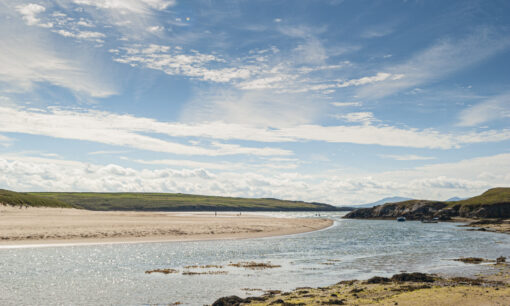
A sea view guest house stay in Anglesey is more than just accommodation — it’s an experience. Driftwood in Rhosneigr offers boutique comfort, stunning views, and the perfect base for exploring the island’s coast and culture.
Continue Reading…